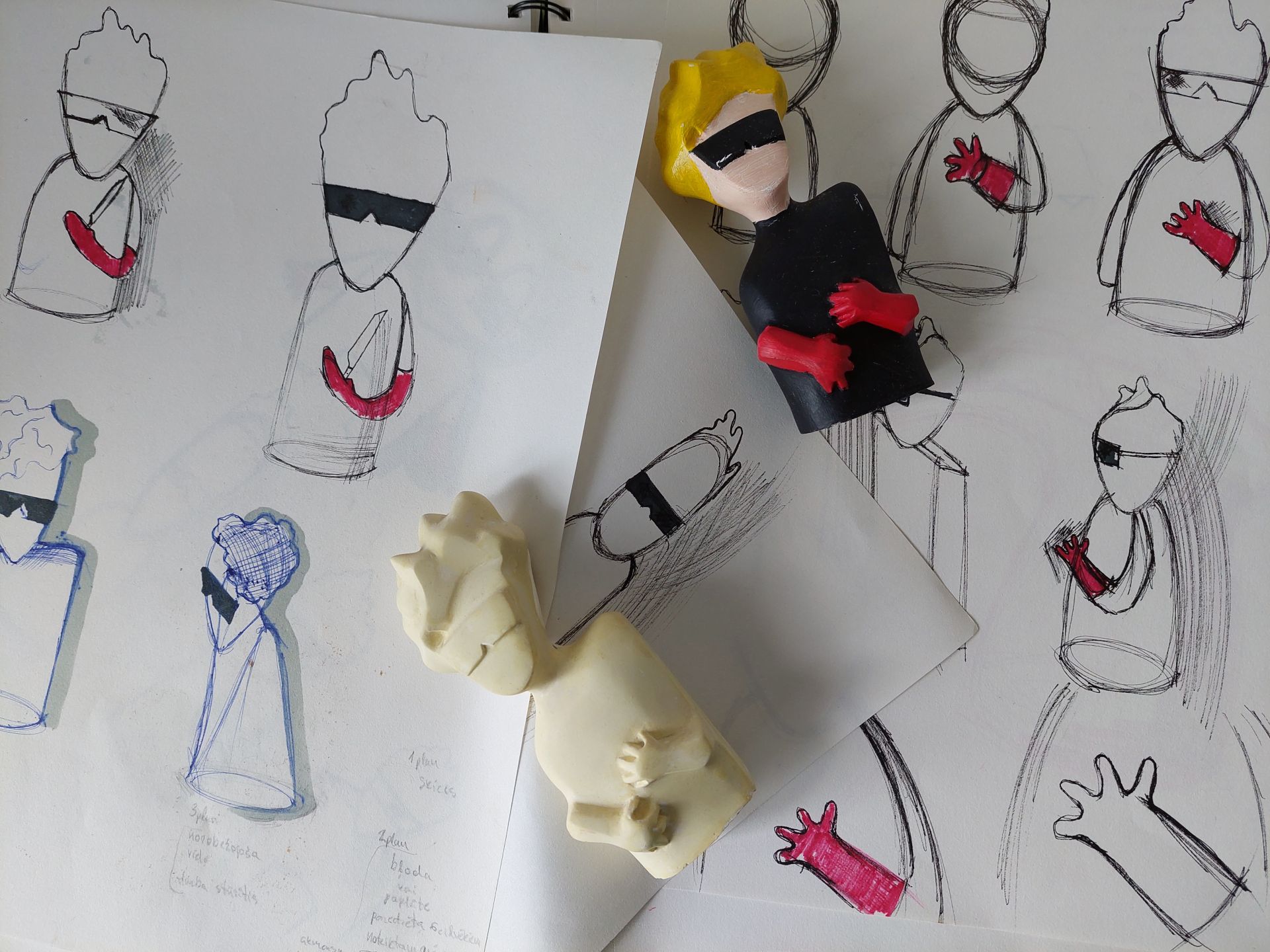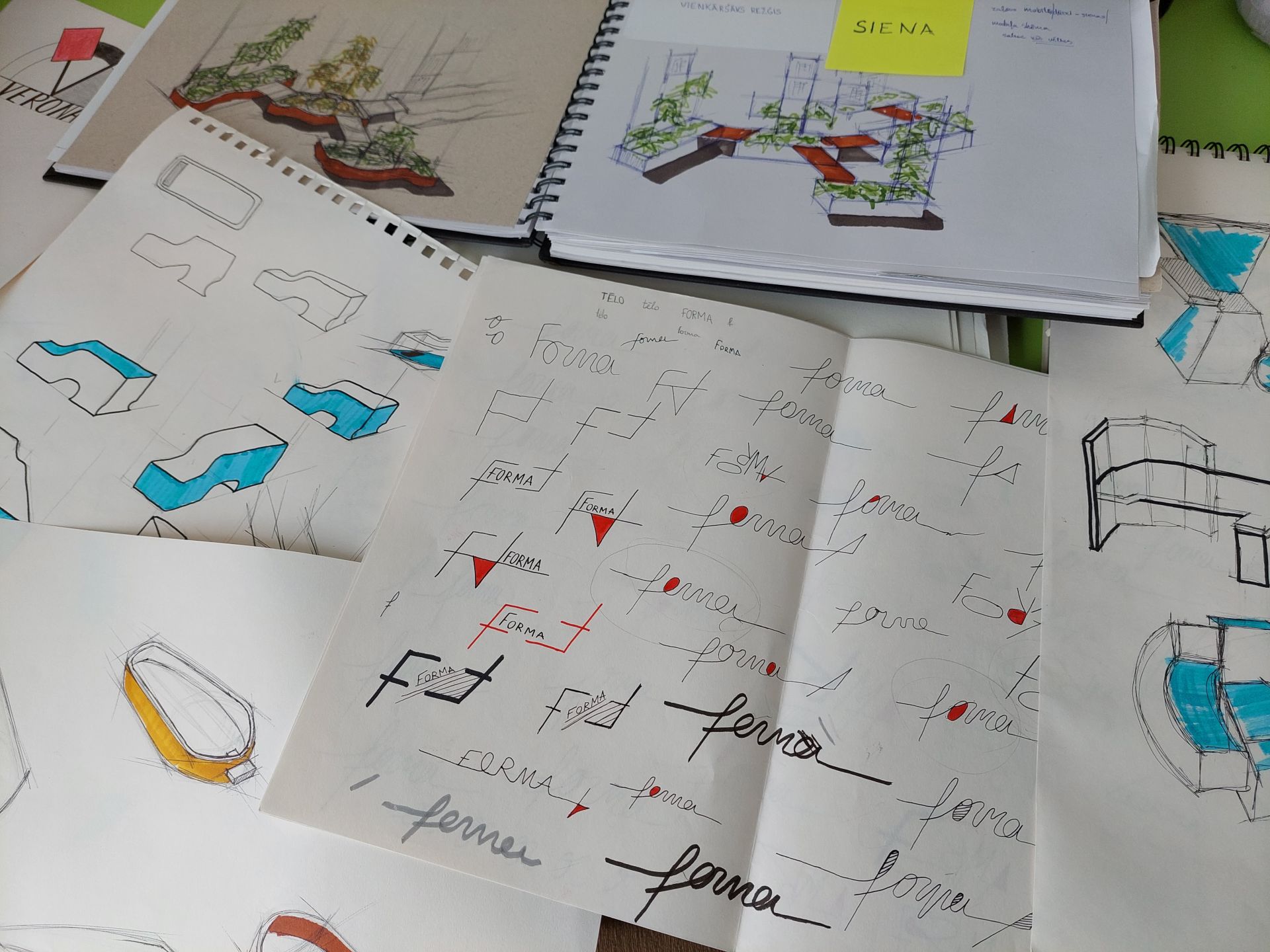When I studied product design, I also encountered several challenges that, in some way or another, held me back. For example, I often needed help with mockup creation. I understood how to create them. However, the final piece didn’t look good. Although it wasn’t my favourite part of the product design process, each time when making them, I tried to put in as much effort as possible.
During this process, I found materials such as wooden sticks (usually used for meat during barbecue), out of which I enjoyed creating mockups. I have always struggled with making mockups out of cardboard. In this case, the core problem was the measurements and cutting the pieces evenly as the pieces were not even the mockup immediately failed. Although I didn’t like this part of product design, I understood its importance and how it impacted my design projects. With the help of mockups, I could improve, test and present my designed projects to others.
Of course, you could escape the suffering and just model your product in 3D modelling software. However, another important aspect of real-life mockups is that they help you develop a sense of space and dimension and show you how possible it is to manufacture it. These skills and understandings are important if you want to become a good designer who understands what it is creating.
During this process, I found materials such as wooden sticks (usually used for meat during barbecue), out of which I enjoyed creating mockups. I have always struggled with making mockups out of cardboard. In this case, the core problem was the measurements and cutting the pieces evenly as the pieces were not even the mockup immediately failed. Although I didn’t like this part of product design, I understood its importance and how it impacted my design projects. With the help of mockups, I could improve, test and present my designed projects to others.
Of course, you could escape the suffering and just model your product in 3D modelling software. However, another important aspect of real-life mockups is that they help you develop a sense of space and dimension and show you how possible it is to manufacture it. These skills and understandings are important if you want to become a good designer who understands what it is creating.



